
These days, the streaming content landscape is vast, to say the least. Sure, there’s Netflix and HBO Max and Amazon Prime Video, but that’s only the tip of the iceberg of what we mean when we say “streaming.”
Streaming also includes live news shows, sports, on-air tv shows, and movies on-demand. Services that provide all of these content types are lumped into the same, broad category of streaming services
At Flixed, we have a simple goal: to get you the best ways to watch whatever you want to watch, without cable — in other words, on streaming services.
Most people (this content strategist, included) need help with this because the streaming landscape is so cluttered. But do you ever wonder how Flixed recommends streaming services? Where do these recommendations come from? And how do our writers keep track of what’s streaming where and how much it costs?
Honestly, it would be impossible for human beings to track it all.
We could try to do it all manually (and we have) but that would get pretty messy, fast. Luckily, that’s not how we operate today. Flixed has a team of engineers who work with an enormous amount of data on the availability of television shows, movies and live TV streams.
We automate a lot of content so it’s as accurate and relevant as possible. But what exactly does that mean? Let’s dive in.
Meet the streaming nerds experts
Thenuka Karunaratne, the CEO and founder of Flixed.
Gabriel Uribe, a software engineer at Flixed who helps wrangle our huge datasets for corporate clients and for our public streaming availability API.
Alex Jin, Flixed’s product lead, who helps translate the data we collect into tools and programs our writers (and readers) can use.
Ashok Raju, Flixed’s tech lead, AKA the person responsible for managing Flixed’s engineering team to bring content to life.
Kelsey Reynolds, Flixed’s content lead and the person who wrote this article.
How does Flixed recommend streaming services?
Let’s start with the meatiest question: why do we recommend the streaming services we do?
The bottom line — we know the world of product recommendations can be hard to navigate. It’s difficult to know who to trust. That’s why we rely on data to help us make our decisions, and why we present our picks as clearly as we can.
“Flixed’s mission is to simplify streaming for all,” Flixed CEO Thenuka Karunaratne said. “In a time when streaming availability is rapidly changing, we want to give people access to data close to the source.”
To keep up to date with what’s available, where it’s available, and how much it costs, Flixed tracks a dataset of 50+ US-based streaming catalogs.
On many of our pages, we update the information every single day to make sure you’re always getting the most reliable information about pricing and availability.
When deciding which streaming services to rank first, a team of streaming experts combs through the offerings. Our top picks are a balance between price, availability, and catalog size. Our experts evaluate other options that might work best for people who love to watch the news, reality television, sports, and other live events.
The streaming services we recommend are the ones our research suggests are the very best for the task at hand. We don’t compromise what we recommend based on partner deals, though we may receive some affiliate revenue if you subscribe to a streaming service from the Flixed site.
How did Flixed get here?
If you visited Flixed.io in 2016, you would have seen a website that looks pretty different from the one you see today.
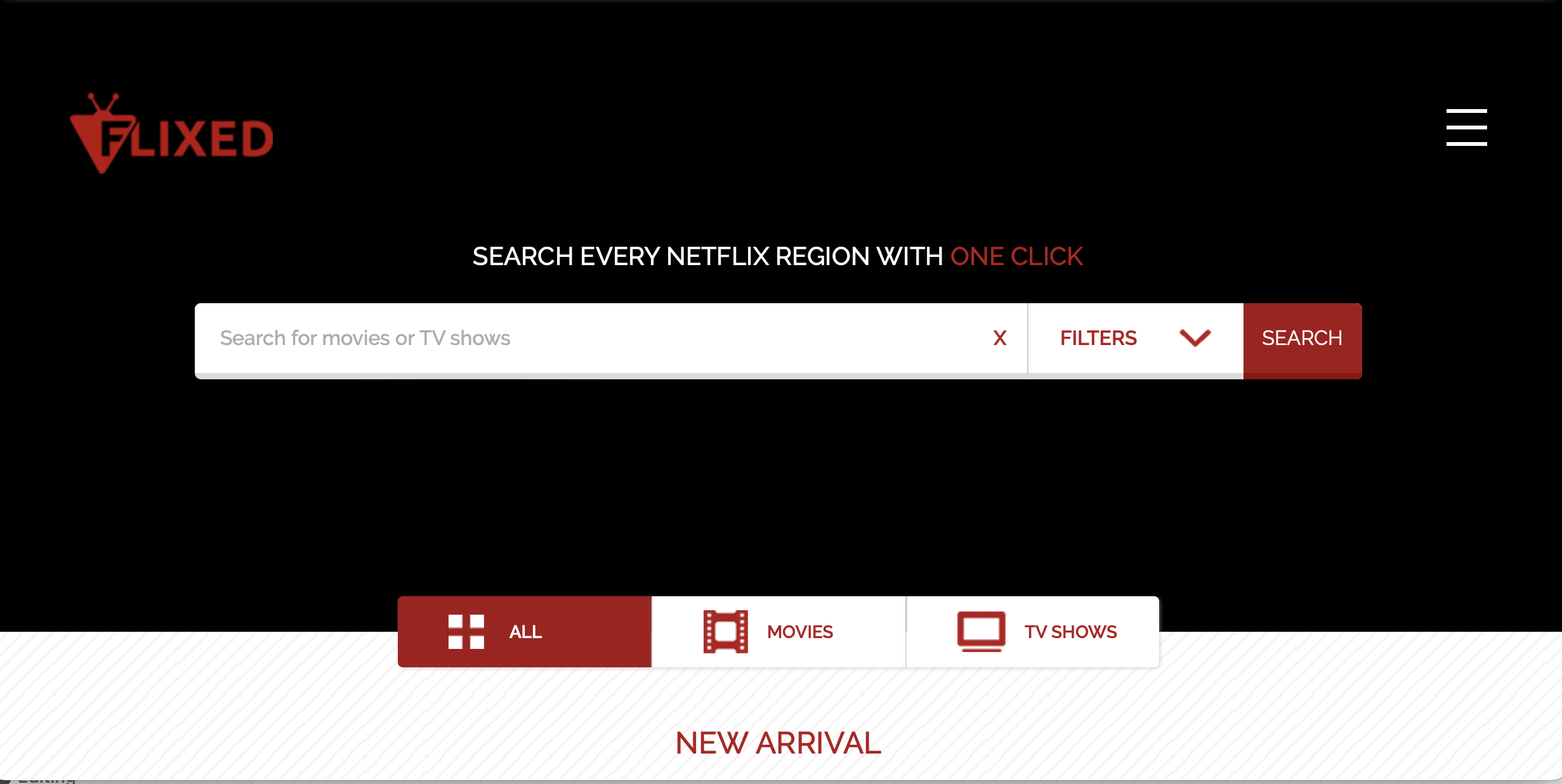
On the “About” page, you would have seen a bit of our early story.
“Flixed was created after I realized that finding something good to watch on Netflix would often take longer than watching the movie/TV show itself,” Karutaratne wrote then. “Flixed is an unofficial search engine for Netflix helps that helps users search for, and discover content by integrating a variety of features and filters that make finding great content easy.”
Already, Flixed was relying on a dataset to surface information about TV show and movie availability — but only for Netflix.
2018: The dawn of multi-platform streaming availability analysis
By 2018, Flixed was starting to look more like its present-day self.
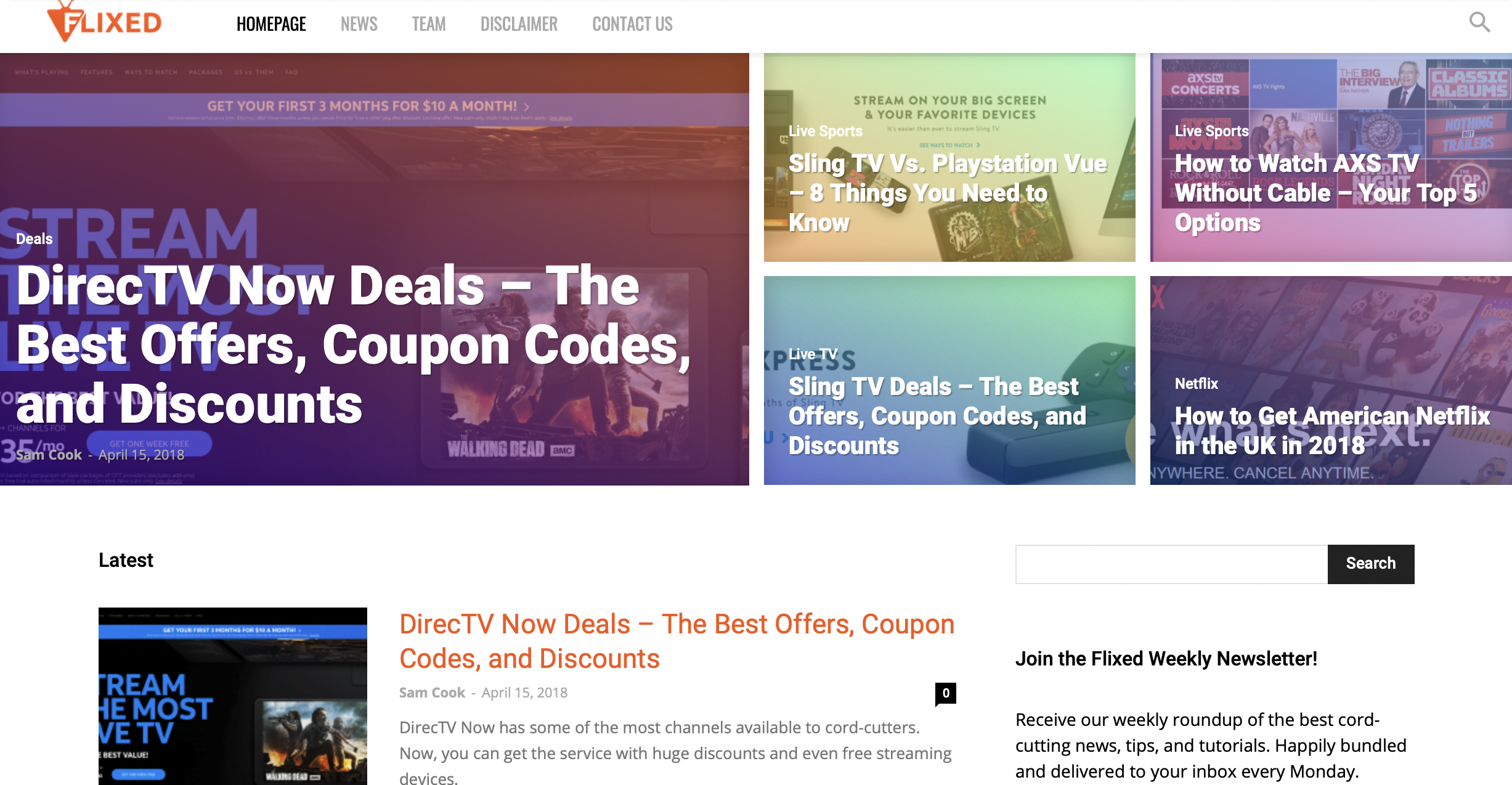
We were covering multiple streaming providers like Sling TV and DirecTV Stream (then DirecTV Now). We even had an early version of our newsletter, the Stream Report!
But all of this content was still written manually, so it needed to be updated by people every time pricing changed, offerings shifted, or a new services were offered.
Generally speaking, that’s still the way a lot of our content begins today. We start with an idea for a type of content that would be useful to our audience. We test it out with research and writing done by our team of experienced freelancers and our internal editorial team.
If that content performs well and seems to serve our audience’s needs, we explore the possibility of creating more content like it. That content is also written by a person based on their research.
But what we’ll get to next is the real innovation: content made through a collaboration between our editorial team and engineering team, content that updates itself every day from our datasets to deliver accurate answers, expertly written.
2020: Engineering explosion leads to programmatic content
In 2020, Flixed’s growth accelerated pretty dramatically when product lead Alex Jin, software engineer Gabriel Uribe, and tech lead Ashok Raju joined. (Read more about today’s Flixed team.) Together, this team started to surface the data Flixed had collected in interactive ways.
They tried things, like an early version of our TV Guide, which remains one of our most popular tools.
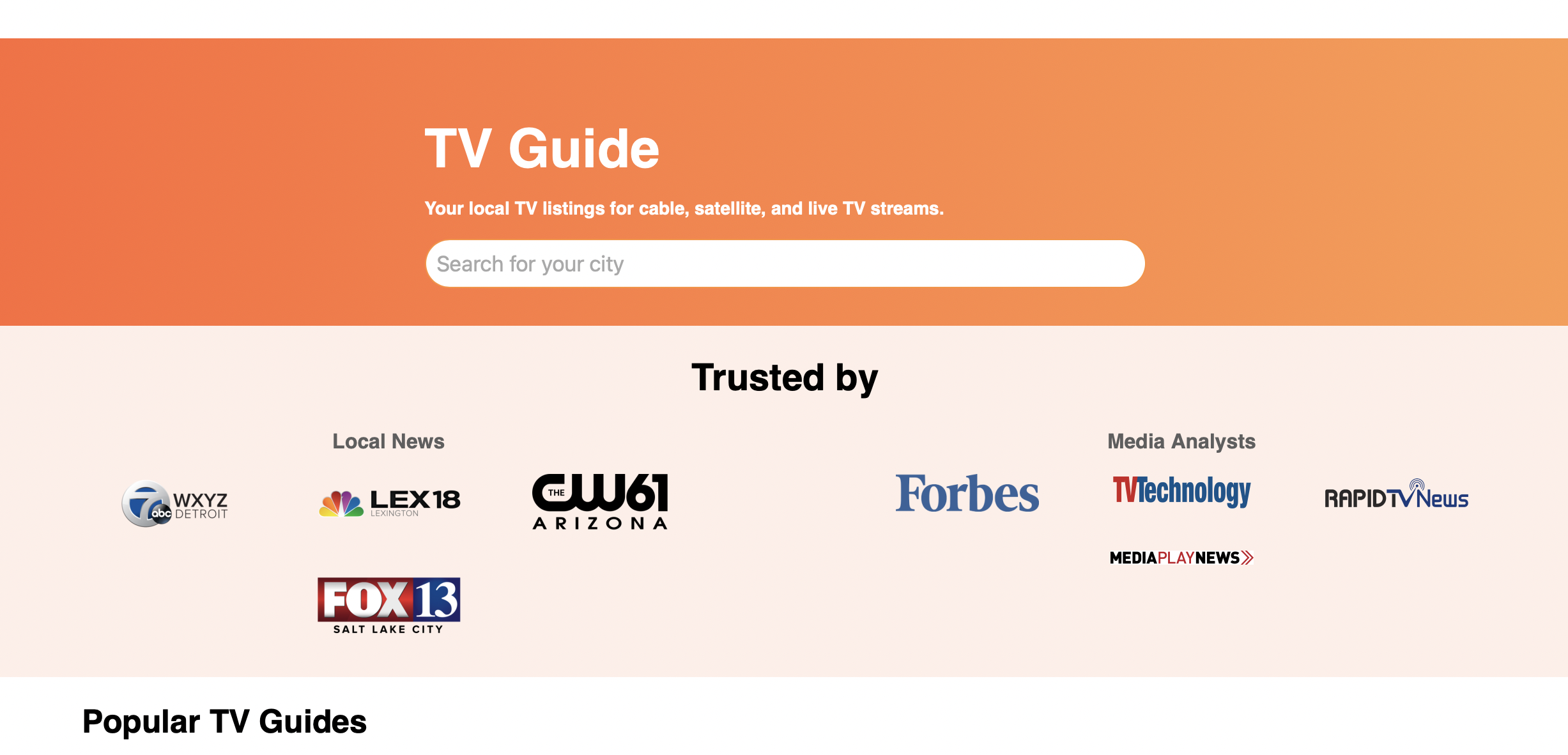
With the TV Guide, users search their city and get a full schedule of the TV shows, sports, and movies airing in the next few hours. Select your TV provider to find accurate availability information. Even if you have a simple antenna setup for watching live TV, our TV guide can tell you what’s available in your area.
This is what it looks like today.
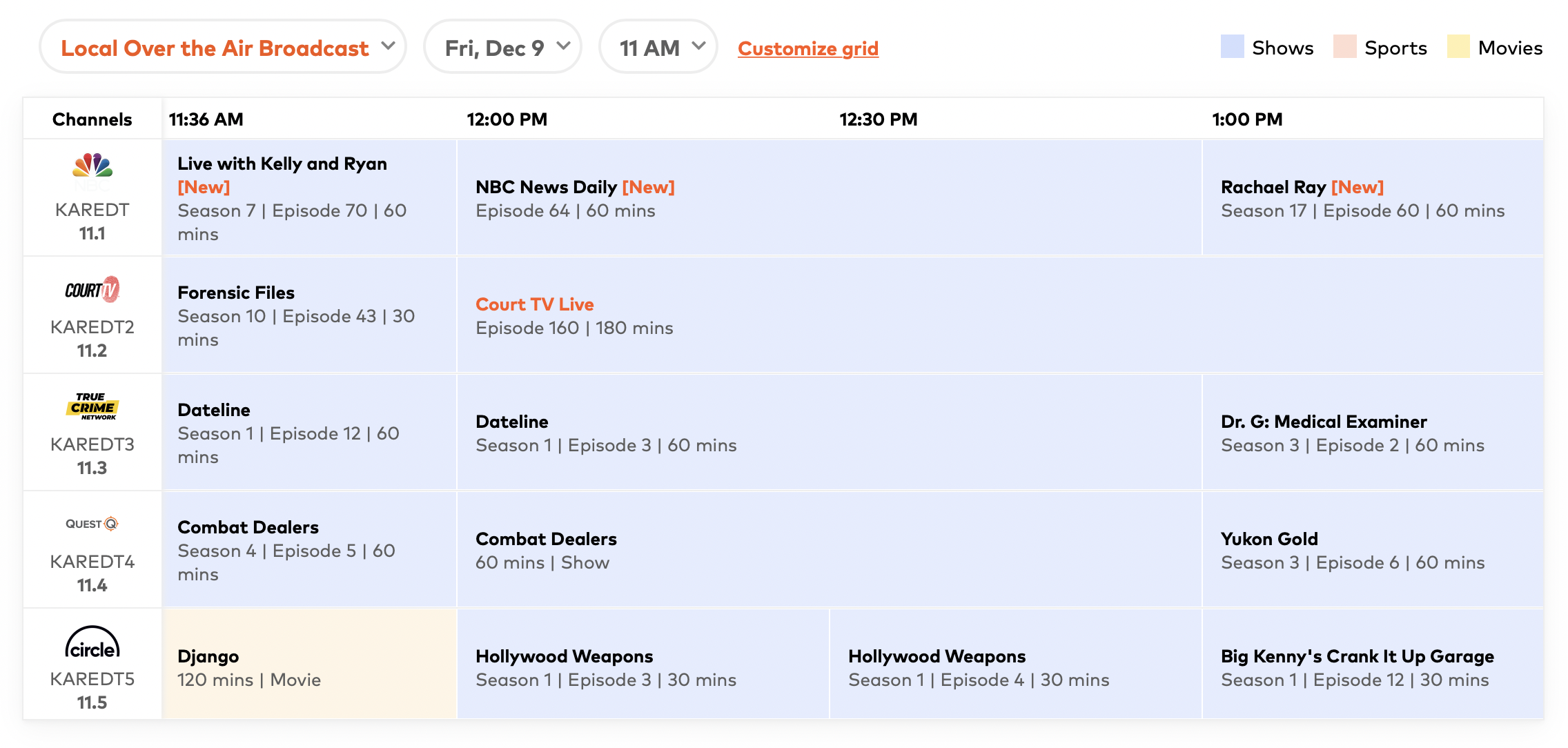
For the last few years, we’ve been able to provide local TV schedules for over 15,000 cities and towns in the United States. “We’ve gotten quite intimate with this data set and we’ve become better at collecting and surfacing this data,” Uribe said.
What else does Flixed do with streaming availability data?
Even as our capabilities have expanded, Flixed’s goal has remained the same: we want to answer our reader’s questions as quickly and accurately as possible so they can get to streaming.
We know that most of our readers land on our content from their smartphones, and from personal experience, we know what that setup looks like.
You sit down to watch something and as you flip on your TV, you realize that the programming you wanted isn’t available where you thought it was.
So you pull out your phone and quickly search: “how can I watch the Chicago Bears without cable” or something like that. Maybe even, “LET ME WATCH THE BEARS RIGHT NOW!”
You aren’t looking for something a writer updates once a month with streaming availability info. You want an answer that’s been verified today and will get you watching the Bears game ASAP.
That’s the kind of problem our engineering and editorial teams work together to solve. To date, we’ve come up with several solutions, like the TV Guide mentioned above, our channel guides, sports league and team guides, and popular movies and shows pages. Let’s look at how each of those works.
Our channel guides help people find the right streaming services for their favorite channels
Let’s say you can only focus when you have reality television on in the background. (No judgment there! We do it, too.) You want to watch E!, but you’re traveling and don’t have access to your cable plan. Or you’re thinking about ditching cable altogether. Or you lost access to your parents’ cable plan. (We’ve been there, too!)
No problem. Our programmatic channel pages update every day with accurate streaming information on 100+ of the most popular channels. They’re up to date on which streaming providers carry different channels, how much those streaming services cost, and what devices they support.
Our popular TV show and movie pages help people figure out what to stream and how to watch it
We know that figuring out what to watch can be a slog. Sometimes you just want to watch something that other people have vetted — a show or movie that’s being watched a lot and is probably pretty good.
We’ve had this problem, so our engineers created a page that surfaces the top movies and TV shows on every single streaming service.
A member of our engineering team explains how it works in this video.
Our favorite part of this tool is that it also helps you figure out how to watch whatever it is you want to watch. Maybe you’re browsing the top movies and TV shows and you see that Yellowstone is a popular show overall, across streaming services.
But you aren’t sure exactly how to watch it. If you click through to our “How to Watch Yellowstone” article, you’ll see all the possible options.
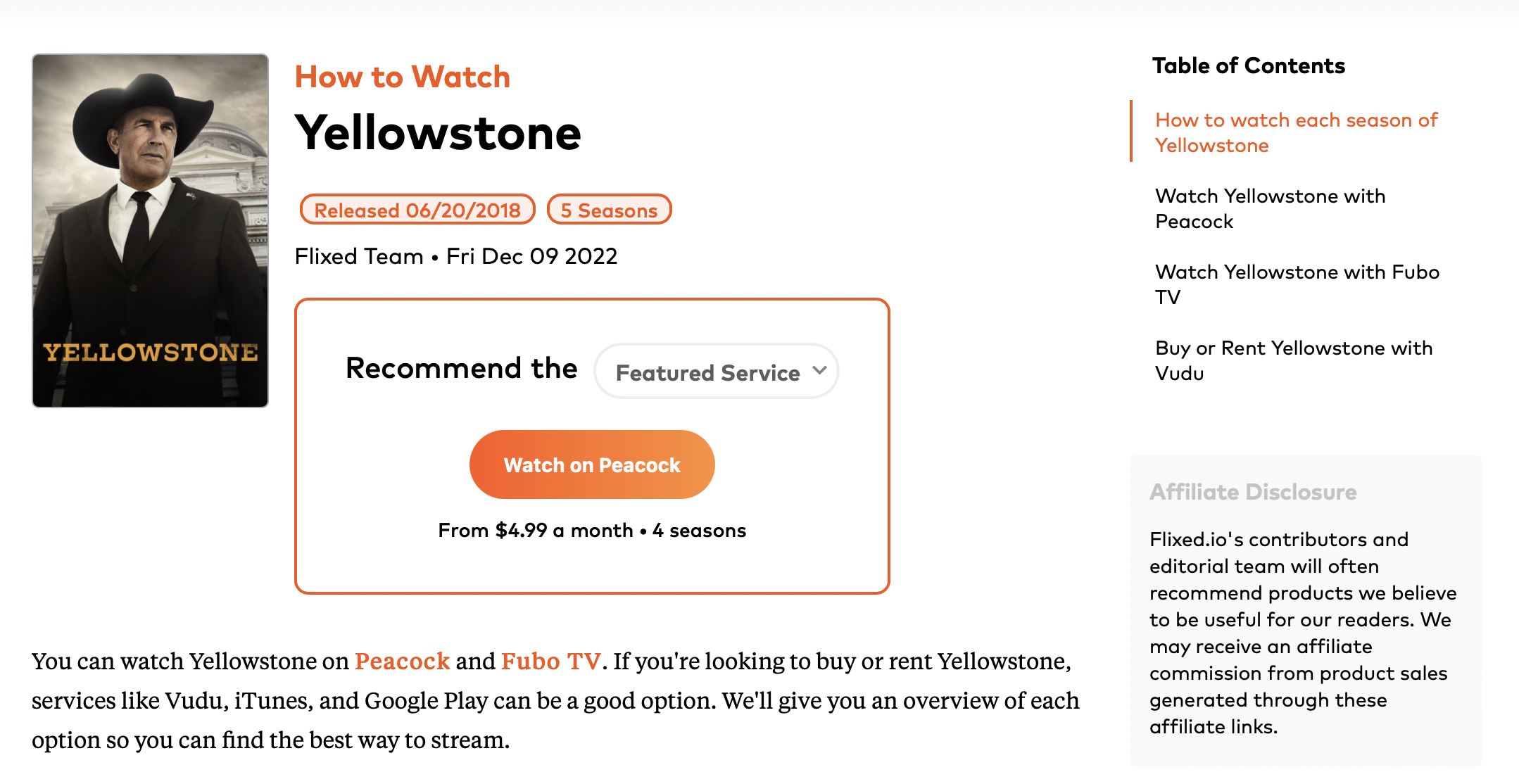
If you already have a subscription to one of the recommended providers, great! If not, you can buy a plan with an easy click of a link. And we’ll show you the lowest-priced option.
Our sports league and team guides help people access their favorite sports teams and games
Let’s return to our Chicago Bears fan who wanted to watch the big game but couldn’t figure out how. They turn to Google and likely land on one of our pages. You can see which games are coming up next and our recommendation for how to watch them.
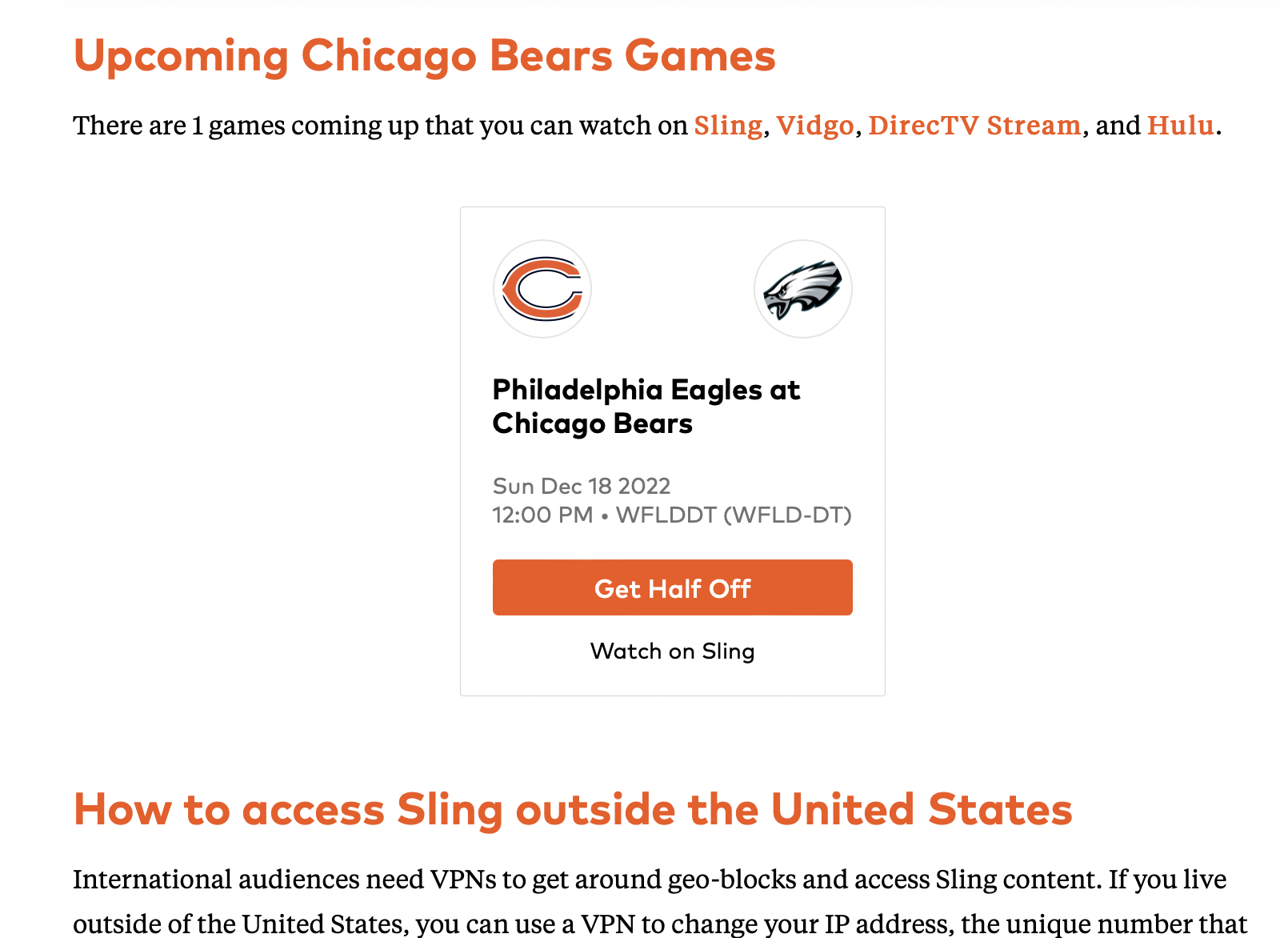
That information is all programmatically generated. Our engineering team has built a system so game times, team availability, and blackout information can all be surfaced quickly.
That’s an incredibly complex task, but they’ve done it for just about every major sports team across multiple sports and leagues. Want to watch MLB games? We’ve got a list of all the Major League Baseball teams so you can choose yours and find out how to watch. Same goes for NFL games, soccer games, hockey games, and more.
What exactly do we mean when we talk about datasets?
If you aren’t an engineer, our use of the term “dataset” might feel a little confusing. Are we just working in spreadsheets? (Not quite.)
If you are an engineer or learning how to code, however, all of this probably sounds like an amazing playground. We agree.
Flixed’s dataset is among the most accurate in the business because it catalogs on-demand availability alongside detailed metadata. We have access to metadata and streaming availability for ~20,000 shows, ~400,000 episodes and ~100,000 movies across 30+ US streaming providers. International streaming providers are coming soon.
All this metadata means that for any given piece of streaming content, we can identify language, runtime minutes, season numbers, release dates, poster paths, external database links, and more.
“There’s actually quite a lot of complexity there,” said Uribe.
We know it’s a lot, and we know the possibilities are pretty endless for how folks can apply this data to their own use cases. We have a lot of ideas of our own, but we also wanted to open this data up to the public. That’s why we created our Developer Portal.
The Developer Portal is a self-serve API where coders, researchers, and hobbyists can create a login and access our datasets.
The API makes it possible for users to query metadata from over 30 of the top US streaming services including Netflix, Hulu, HBO Max, Sling, Fubo, and more. Over time, Flixed expects that list of providers to grow into the hundreds.
Our takeaway: engineering makes our content even more helpful and trustworthy
At Flixed, we’re proud of the work we did in 2016 and we’re proud of the work we’re doing today. For the last 6+ years, we’ve been helping people understand where their desired content is available and how to watch it.
Over time, we’ve gotten better and better at doing that. Our work combining engineering and editorial content is what’s made that possible. And while we know some people on the internet are afraid of the combination of engineering and content, we know what our readers have known for years — when done well, programming makes content more accurate, helpful, and applicable than it otherwise could be.
We’re still creating, learning, and growing. The best is yet to come.
Kelsey Reynolds
Kelsey Reynolds is a content strategist based in Minneapolis. Kelsey holds a Master of Fine Arts in Creative Writing from the University of Minnesota, and has spent her career writing and editing content about marketing, education, emergency preparedness, science, cannabis, and entertainment. When she’s not at her computer, Kelsey can usually be found working in her garden or walking her two dogs in the park.

